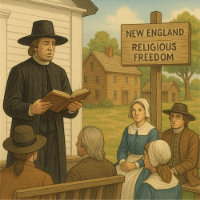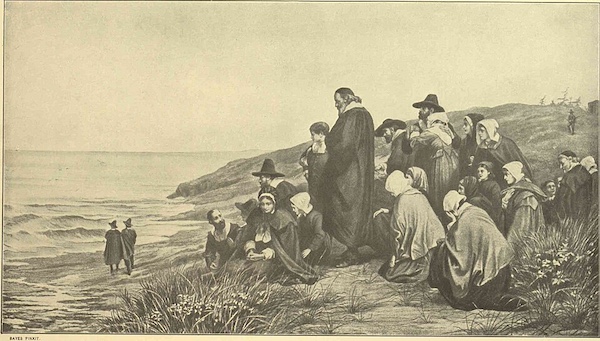

The Pack contains associated resources for the learning experience, typically in the form of articles and videos. There is a teacher Pack (with only teacher information) and a student Pack (which contains only student information). As a teacher, you can toggle between both to see everything.
Here are the teacher pack items for New England and Religious Freedom:


Overview In this experience, students investigate how religion influenced the New England Colonies by examining their establishment and development. First, students evaluate secondary sources to understand how religious freedom led Puritans to seek new settlements where they could practice their beliefs without persecution. Then, they analyze how religion shaped colonial society once the colonies were established. Next, students explore how the colonies dealt with conflicts over religious beliefs by examining specific actions some colonists took to restrict religious freedom and the consequences of those actions. Finally, students take a deeper look at the ways in which religious freedom was limited within the colonies and consider its impact on different groups. Estimated Duration: 45–60 minutes Vocabulary: Objectives:
Before the New England Colonies took shape, groups crossed the Atlantic in search of a place to practice their beliefs. They spoke of “religious freedom,” but that meant different things to different people. In this experience, you’ll begin by thinking about what religious freedom might have meant in colonial times—and how it may not match how we think of it today.
Objectives:

People in the New England colonies said they wanted religious freedom. What do you think that meant to them, and how might it be different from what it means today?
This prompt is designed to surface students’ prior ideas about religious freedom and set the stage for deeper investigation. Consider highlighting thoughtful or creative responses without correcting all misconceptions—students will revisit and refine their thinking throughout the experience. Encourage curiosity by asking a probing follow-up like, “What do you think might happen if religious freedom meant something different to different groups?” or “Do you think it meant the same thing to everyone in the colonies?” This helps build engagement while preserving space for discovery.
